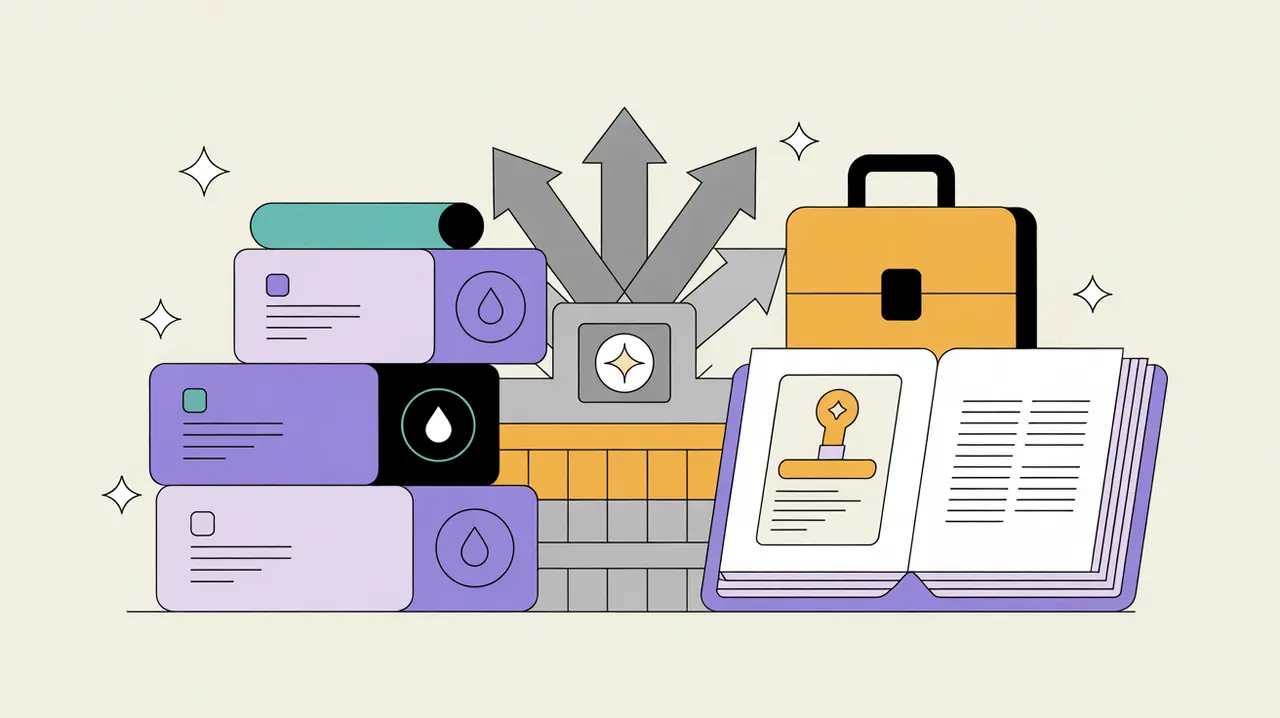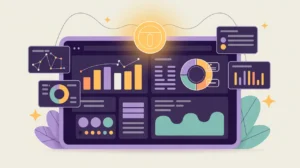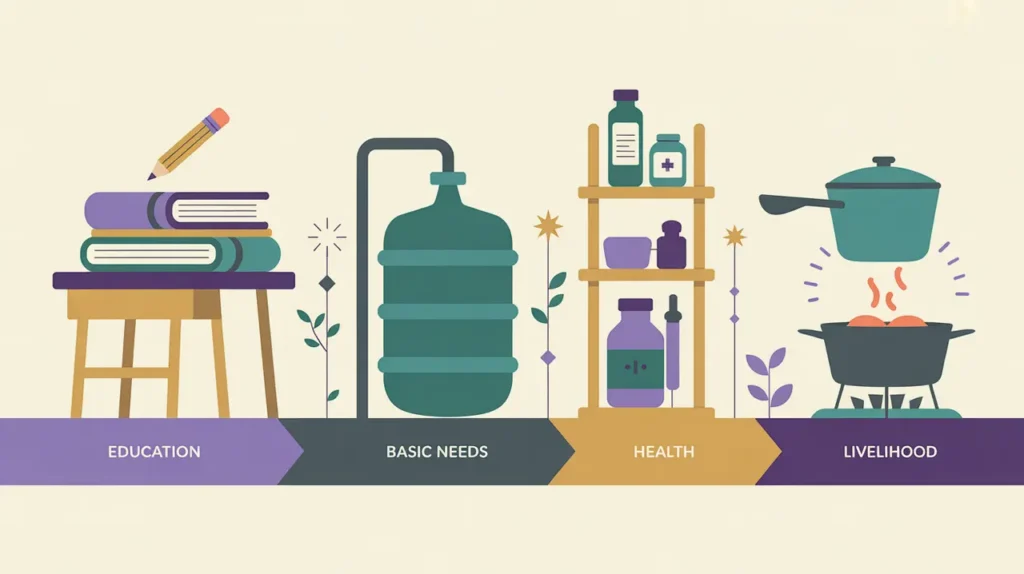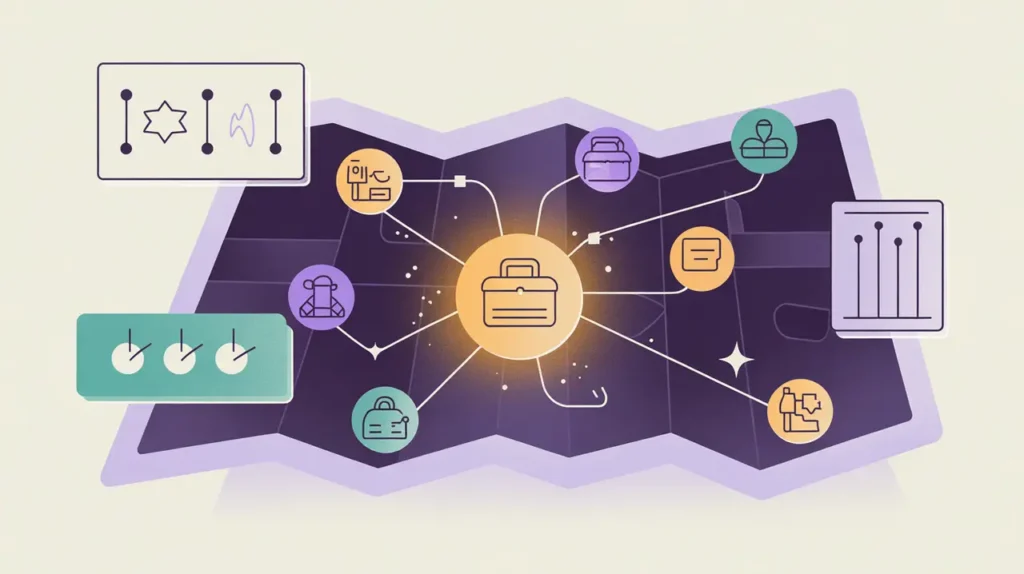What Does Solution Delivery & Support Involve?
Solution delivery and support is the stage where developed solutions move into the hands of communities and users. It ensures that innovations are not just designed well but are accessible, reliable, and supported over time. Delivery focuses on distribution and accessibility, while support ensures that users can adopt and sustain the solution without barriers.
In practice, delivery may include supply chain coordination, last-mile distribution, or digital rollouts. Support involves providing training, user manuals, customer service, and maintenance structures. Effective delivery and support adapt to context, from rural communities with limited infrastructure to urban settings with digital connectivity. It is the stage where credibility is proven and user trust is built.
When nonprofits neglect delivery and support, even strong solutions risk failure. Weak distribution or inadequate support can lead to underuse, abandonment, or reputational damage. Strong delivery systems and responsive support services maximize adoption, impact, and long-term sustainability.
What Competencies are Associated with this Role?
Delivery and support require operational strength and user-centered service. Competencies include:
- Designing and managing distribution channels
- Coordinating logistics and supply chains
- Building partnerships with local distributors or networks
- Developing user guides, training, and onboarding materials
- Providing technical or customer support systems
- Monitoring adoption and troubleshooting barriers
- Ensuring accessibility for diverse populations
- Establishing maintenance and repair systems
- Managing feedback loops between users and solution teams
- Adapting delivery models to evolving contexts
How Might AI and Automation Help this Role?
AI and automation can increase efficiency and responsiveness in delivery and support. Opportunities include:
- Predictive analytics for inventory and distribution needs
- Automated routing and logistics optimization
- AI-powered chatbots for user support and troubleshooting
- Automated translation of guides and support content
- Machine learning to flag adoption bottlenecks
- Remote monitoring of product use and performance
- Generative AI to draft FAQs and training materials
- Scenario modeling for delivery under resource constraints
What are the Roles by Experience Level?
Roles in delivery and support span from logistics support to oversight of user adoption strategies:
- Entry: Delivery Assistant, Support Associate – manage distribution logistics, respond to user inquiries, maintain records
- Mid: Delivery Officer, User Support Specialist – coordinate distribution networks, develop support content, manage feedback systems
- Senior: Delivery Manager, Support Lead – oversee logistics strategy, build local partnerships, manage adoption metrics
- Executive: Director of Operations, Chief Solution Officer – integrate delivery and support into organizational strategy, ensure sustainability and scaling
How Transferable are the Skills from this Role?
Delivery and support skills transfer directly into logistics, customer service, and operations across sectors. Within nonprofits, they prepare staff for program operations, MEL, and leadership roles. Outside the sector, they align with careers in supply chain management, product support, and customer success. These skills emphasize reliability, responsiveness, and adaptability; all capabilities which are valued wherever users rely on solutions to meet essential needs.







